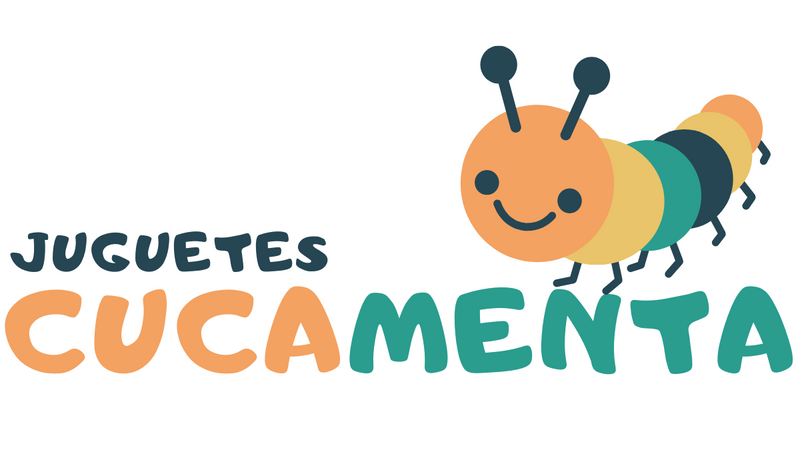Skating provides a feeling of freedom, balance, speed and movement that both children and adults love.
Skating was born many centuries ago: in 1733 the Dutchman Hoans Brinker built the first metal wheel for skates, in the mid-19th century two very important skating rinks opened in London, in 1876 the first Skating Center opened in Paris as a fashionable sport. and in 1905 the Amateur Hockey Association was founded in England. In 1946 the Spanish Hockey and Skating Federation was created and Spain made its international debut in 1947 in a championship held in Lisbon.
Who was going to tell the inventor of the skate wheel how successful this object would be?
For decades, skating has been one of the best sports for children , an activity that they can practice both alone and in groups - they usually love hockey -, which allows them to enjoy time outdoors and which has numerous health benefits. .
Health benefits of skating

-
Take care of your heart : it is a form of low-impact cardiovascular exercise, which reduces the stress placed on the joints. This type of exercise is essential to improve endurance, promote good circulation and reduce the risk of cardiac complications in adulthood.
-
It allows you to work almost all muscle groups in the body and work on joint flexibility. When skating, the muscles of the lower part of the body are especially exercised : legs and abdomen.
-
Helps develop the sense of balance and coordination , learning to control speed and direction.
-
Contributes to spatial orientation.
-
It's a fun way to escape from a sedentary lifestyle.
-
It helps them make friends, spend time with family, and create lasting bonds and memories that will last a lifetime.
-
By practicing this exercise, children breathe fresh air, get the daily vitamin D they need, and spend time outdoors , which is great for their immune system. It also allows them to enjoy the beauty of nature.
-
Skating helps develop self-confidence and improves self-esteem.
-
Releases energy and prevents childhood obesity : According to Harvard Medical School, ice skating burns up to 200 calories per hour.
-
Relieves stress , since physical activity helps release endorphins in the brain, preventing anxiety and depression and improving mood and sleep.
-
Perfects concentration , thanks to the great wealth of movements and maneuvers that skating allows.
Ideal age for children to learn to skate
Although there is no exact age to start skating - and, like cycling or swimming , it is different depending on the development and abilities of each child - skating experts recommend that children be at least 3 or 4 years old. to start practicing skating , since basic motor skills are required that allow them to move easily. Without skates, they must previously know how to run, jump and make changes of direction. Younger children feel safer and more stable starting with four-wheeled skates and not inline skates.
At 4 or 5 years old, the vast majority of children are ready to know how to skate. Balance is not a fundamental factor, but is learned naturally in the learning process. From the age of 7, if they have already acquired the basics, they can learn more complicated and complex exercises.
The first step is to buy them some good quality skates and teach them little by little or enroll them in a specialized skating school, where they will teach them step by step the magic of this sport. It is important to respect the timing of each child, since the fear of slipping is usually quite common : points such as correct posture, balance, distributing the body's weight well or the appropriate way to accelerate, turn or brake are essential.
If you know how to skate, you can be the ideal teacher for your children. If not, it is best to put yourself in the hands of experts. It is important to always wear adequate protection, especially a children's helmet , as well as elbow and knee pads for their joints.
As a tip, try the skates on to ensure they fit your size: they should not rub or be too tight. A good idea is to start practicing the movements on a grass or carpet, and always on smooth, non-irregular surfaces. When falling, the child should try to get up alone to better control the skates. Expert instructors can do practical exercises and games so they learn to skate.
Safety and patience must be promoted and technique must be worked well to avoid injuries. Of course, you should never skate on streets where any vehicle passes. Consistency is super important when learning: half an hour a day is ideal to stay healthy and immerse yourself in the exciting world of skating.
After trying it, many children will want to practice skating for a lifetime . Life on wheels is cooler!


0 comments